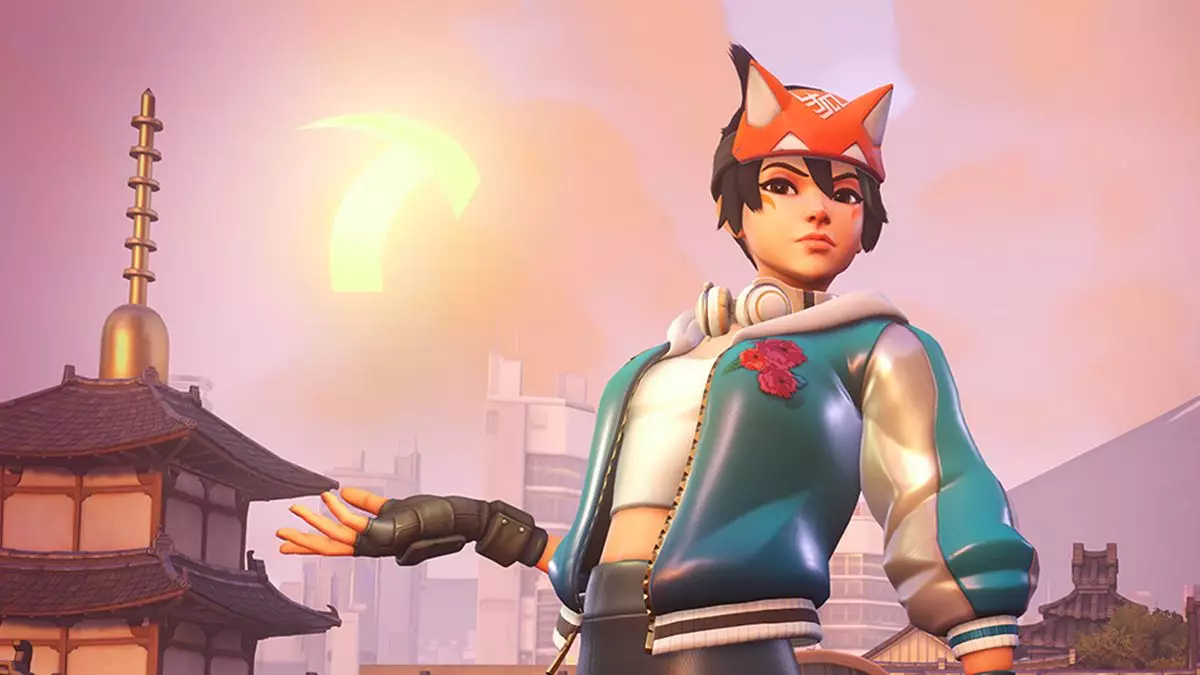Since its debut, Overwatch has been more than just a competitive game; it has cultivated a community filled with memories and shared experiences. With the recent release of Overwatch 2, the game has found itself at a crossroads, trying to balance nostalgic sentiments with the need for fairness and fun. Aaron Keller, the game’s director, reflects on how certain aspects of previous metas still resonate with many players, evoking a sense of longing for the chaotic moments that defined the early days of Overwatch. It’s fascinating how nostalgic moments, even those that were inherently flawed or imbalanced, can foster incredible fondness among players.
Keller’s acknowledgment of the nostalgia that permeates discussions about Overwatch not only highlights the strong emotional connection players have with earlier versions of the game, but also reveals the challenge game designers face in innovation. Players often reminisce about “broken” metas, moments where the game was unpredictable and thrilling. Although these elements may not have been competitive, they contributed to a vibrant experience that kept players engaged and on their toes. This perspective signals the importance of finding a happy medium between structured balance and unexpected twists that make gameplay exciting.
The Tug-of-War Between Fun and Fairness
One of the core tensions within Overwatch has always been the balance of fun versus fairness. Keller emphasizes that this duality will be a guiding principle as Overwatch 2 evolves. The newly implemented perk system, allowing heroes to undergo dynamic changes in the middle of matches, is a bold departure from traditional gameplay mechanics. By introducing this element of unpredictability, Blizzard is inviting players to engage in a more playful experience where strategy blends seamlessly with spontaneous gameplay.
This pivot suggests a fundamental understanding by the developers that competitive games thrive on excitement as much as on strict balance. The concept of increasing a character’s strength mid-game could lead to exhilarating “big play” moments, echoing the chaotic nostalgia players yearn for. Keller’s commitment to reintroducing elements of surprise and excitement indicates a willingness to experiment and adapt, countering the often rigid structures seen in competitive gaming environments. It’s a daring move to lean into “zaniness” while still maintaining the integrity of competitive play.
Activating a New Vision for Gameplay
Keller notes the significance of having a clear vision for how the game should develop, which is pivotal for player retention in any evolving title. The emphasis on creating engaging gameplay experiences, such as through the new Stadium mode, reflects an understanding of what attracts players to Overwatch in the first place. The dichotomy between structure and spontaneity is vital in maintaining player interest, and the need to find an equilibrium where both elements coexist is becoming increasingly clear.
Stadium, with its fresh currencies and challenges, resembles the competitive elements seen in classic shooters, hinting at a broader evolution of Overwatch’s identity. By incorporating various formats that deviate from conventional gameplay, Blizzard is expanding the horizon of what Overwatch can be. This experimentation speaks to the innovative spirit of the team, demonstrating a commitment to reinvigorating the gameplay experience while still honoring the roots that drew players in during the game’s inception.
Looking Ahead: A Game Designed for the Players
Keller’s remarks on past mistakes in gameplay balance reveal an introspective awareness of the community’s desires. Striking the right chord between competitive integrity and enjoyable, chaotic gameplay is an ongoing evolution for Overwatch. It is encouraging to see game developers actively engaging with player feedback, recognizing that successful game design is not merely about mechanics but about creating an environment where players feel excited and invested in the experience.
While there will always be disagreements about the balance between fun and fairness, the willingness of Keller and the Overwatch team to explore this space creates an optimistic vision for the future. By recognizing the need for exhilarating moments, they are crafting a narrative where players can experience both competitive and entertaining aspects simultaneously. As Overwatch continues to evolve, it is essential to remember that the heart of gaming is found in the joy it brings—the very chaos that many players so deeply cherish.

